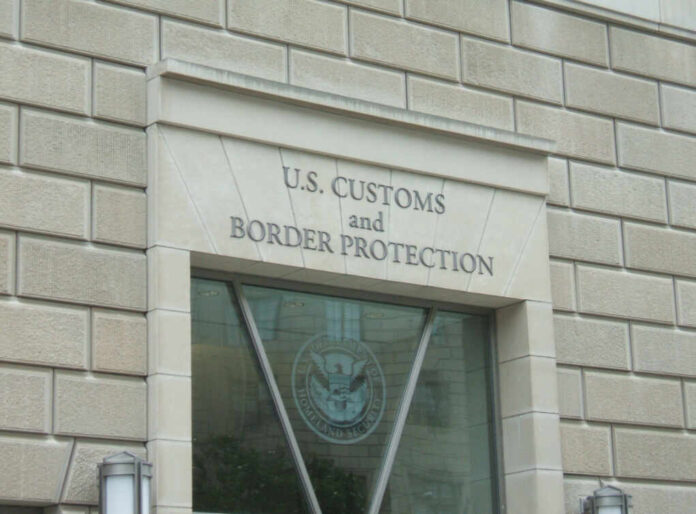
An Afghan illegal migrant identified on the U.S. terrorist watchlist was released by Border Patrol last year and recently apprehended again in San Antonio. Mohammad Kharwin, 48, was first detained by border authorities in March 2023 near San Ysidro, California. He had entered the U.S. illegally. Even though he appeared on the watchlist, Kharwin was allowed to post an appearance bond and go free with a promise he would attend an immigration hearing set in 2025..
Fmr. Biden ICE Official on Reported Release of Terror Watch List Member by Border Patrol: That’s ‘Very, Very Rare’ https://t.co/7x6tD6oq0T
— samlong (@samlong70708373) April 12, 2024
Julia Ainsley, Homeland Security Correspondent for NBC News, reported that this incident is one of at least three in the past two years where suspected terrorists were inadvertently released by Customs and Border Protection (CBP). According to Department of Homeland Security (DHS) officials, Kharwin’s release was due to a lack of corroborative information during his initial detention. This gap allowed him to live almost a year in the U.S. unrestricted.
Jason Houser, former ICE Chief of Staff under the Biden administration, commented on the rarity of such occurrences. “This is very, very rare. There’s a large capacity and capability for both Border Patrol, ICE, federal law enforcement, and the interagency to identify and vet these individuals as they come to the border,” Houser said.
Terrifying.
NBC: Man on terror watchlist remains in U.S. after being released by Border Patrol
https://t.co/8IMEBAKLf7— Jacqui Heinrich (@JacquiHeinrich) April 12, 2024
The terrorist watchlist is a critical tool in national security, designed to flag individuals who may pose significant threats. Kharwin, linked to Hezb-e-Islami or HIG, a group known for its virulently anti-Western stance and prior attacks in Afghanistan, exemplifies the types of risks intended to be managed by such surveillance.
However, the effectiveness of the watchlist and the border security apparatus are now under scrutiny. Recent statistics reveal a troubling picture: while the Biden administration recorded 736 encounters with watchlisted migrants in fiscal year 2023, the overall effectiveness of screening processes remains questioned. The vetting procedures, essentially unchanged from the previous administration, demonstrate the continuity of challenges irrespective of the political leadership.
Moreover, political rhetoric around border security is intensifying. On the campaign trail, President Donald Trump has cited these security lapses as justification for stringent border controls, arguing that terrorists are entering the U.S. “unchecked.” The Kharwin incident reveals critical communication and procedure gaps likely exploited by individuals with bad intentions. As the election approaches, it is clear that enhancing border security will require better funding and resources and a more unified political will that transcends partisan divides.














